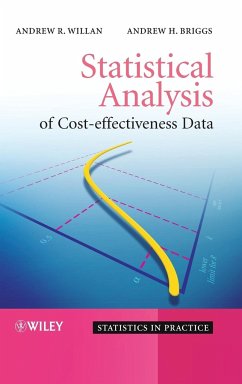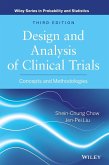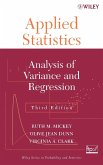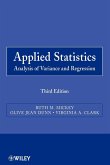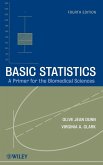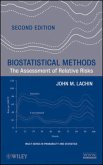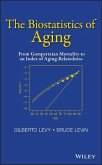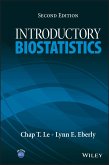Statistical Analysis of Cost-effectiveness Data
Cost-effectiveness analysis is the simultaneous Statistical comparison of two or more groups with respect to costs and effectiveness. A prime example of this is the comparison of health-care interventions, where there is a growing expectation from policymakers that evidence supporting the cost-effectiveness of new interventions be provided along with customary data on efficacy and safety. Statistical Analysis of Cost-effectiveness Data provides an overview of the statistical methods used in such analysis and gives an illustrated summary of the key developments in statistical issues related to cost-effectiveness comparisons, over the last decade.
_ Provides an up-to-date overview of statistical methods used in the analysis of cost-effectiveness data.
_ Discusses all the major issues in the field, including:
_ Parameter estimation for both censored and uncensored data;
_ Making inference using cost-effectiveness ratios;
_ Incremental net benefit plots and cost-effectiveness ratios;
_ Incremental net benefit plots and cost-effectiveness acceptability curves;
_ Covariate adjustment and sub-group analyses;
_ Multinational trials;
_ Sample size determinations using both classical and Bayesian approaches.
_ Illustrated throughout by worked examples from the authors' own experiences.
Statistical Analysis of Cost-effectiveness Data is ideal for biostatisticians and health economists both in academia and industry. There is also much of use for graduate students of biostatistics, public health and economics, as well as individuals working in government regulator agencies.
STATISTICS IN PRACTICE
A series of practical books outlining the use of statistical techniques in a wide range of applications areas:
_ HUMAN AND BIOLOGICAL SCIENCES
_ EARTH AND ENVIRONMENTAL SCIENCES
_ INDUSTRY, COMMERCE AND FINANCE
Hinweis: Dieser Artikel kann nur an eine deutsche Lieferadresse ausgeliefert werden.
Cost-effectiveness analysis is the simultaneous Statistical comparison of two or more groups with respect to costs and effectiveness. A prime example of this is the comparison of health-care interventions, where there is a growing expectation from policymakers that evidence supporting the cost-effectiveness of new interventions be provided along with customary data on efficacy and safety. Statistical Analysis of Cost-effectiveness Data provides an overview of the statistical methods used in such analysis and gives an illustrated summary of the key developments in statistical issues related to cost-effectiveness comparisons, over the last decade.
_ Provides an up-to-date overview of statistical methods used in the analysis of cost-effectiveness data.
_ Discusses all the major issues in the field, including:
_ Parameter estimation for both censored and uncensored data;
_ Making inference using cost-effectiveness ratios;
_ Incremental net benefit plots and cost-effectiveness ratios;
_ Incremental net benefit plots and cost-effectiveness acceptability curves;
_ Covariate adjustment and sub-group analyses;
_ Multinational trials;
_ Sample size determinations using both classical and Bayesian approaches.
_ Illustrated throughout by worked examples from the authors' own experiences.
Statistical Analysis of Cost-effectiveness Data is ideal for biostatisticians and health economists both in academia and industry. There is also much of use for graduate students of biostatistics, public health and economics, as well as individuals working in government regulator agencies.
STATISTICS IN PRACTICE
A series of practical books outlining the use of statistical techniques in a wide range of applications areas:
_ HUMAN AND BIOLOGICAL SCIENCES
_ EARTH AND ENVIRONMENTAL SCIENCES
_ INDUSTRY, COMMERCE AND FINANCE
Hinweis: Dieser Artikel kann nur an eine deutsche Lieferadresse ausgeliefert werden.
"...Willan and Briggs have written a thorough, balanced, and useful book. I look forward to reading an enlarged, revised second edition." (Journal of the American Statistical Association, June 2008) "Overall this is a useful book for this new discipline that helps considerably the reader to enter this topic and learn how to handle this type of problems." (Zentralblatt MATH 2008)

